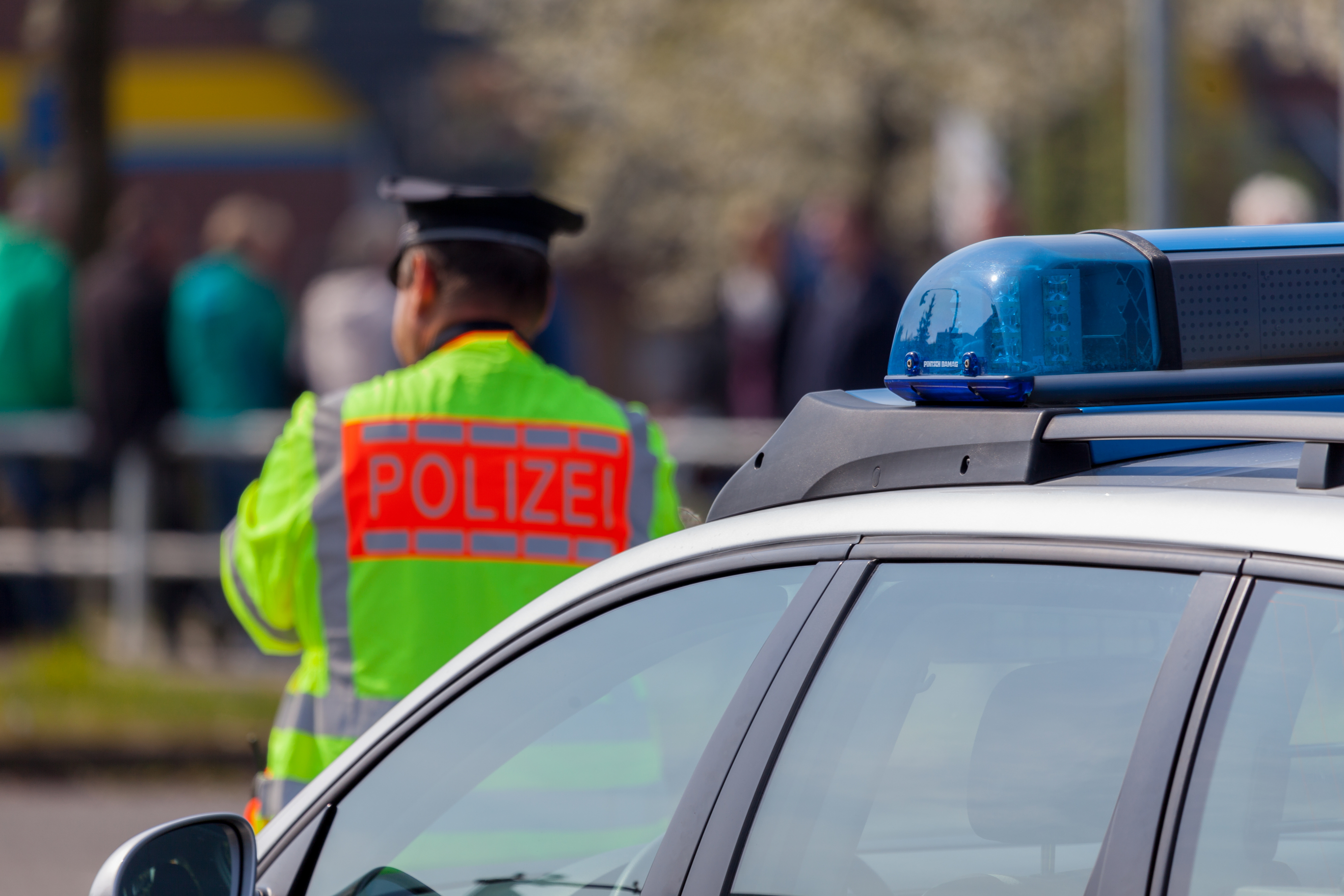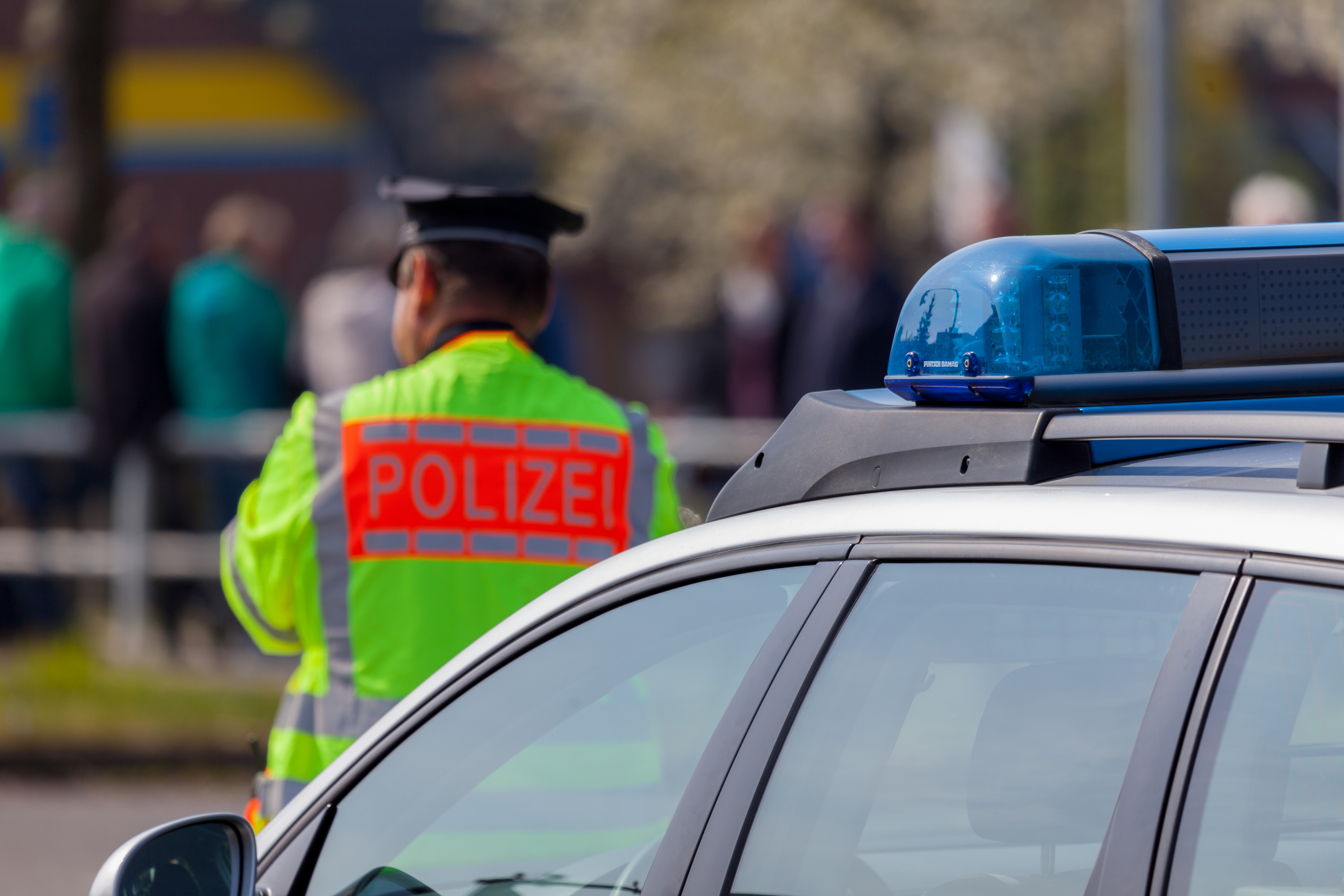
Traffic police forces everywhere will need a fresh approach to regulating the way in which our highways are being used, senior enforcement officers were told at the latest
The way in which the world’s highways are designed, built and used needs to change fast as the gig economy becomes a global phenomenon. Millions of low-paid - and often badly trained - freelance drivers are now using the road as their workplace, all of them under huge amounts of pressure to deliver the goods - on time and on cost.
The trends behind all this are “very worrying”, says Heather Ward, an honorary senior research fellow at University College London (UCL). Speaking to TISPOL delegates, Ward said highway professionals must start focusing immediately on “how safety should be taken into account” when deciding how to cope with this huge and fast-growing “fluid population of road users”.
‘No training’
Ward and her colleague Dr Nicola Christie at the UCL Centre for Transport Studies, based their conclusions on research: they have looked at 48 qualitative in-depth interviews with drivers, riders and their managers - all working in the gig economy - plus 200 responses to an online survey taken by drivers and riders. The participants included self-employed couriers who delivered parcels and food, and self-employed taxi drivers who received their jobs via apps. This growing army of road users often has no training, no proper day-to-day management and no set working hours.
It’s a big group too. Ward’s research shows that 4.4% of the UK population has done some work in the gig economy in the last 12 months (about 2.8 million people) and about a quarter of them live in London. They are generally young - 56% were 18-34 years old - and the majority work in transport services, such as parcel and food delivery.
Popular gig economy brands include Uber, Deliveroo and Amazon Flex. It is a fast-growing world of freelance, freewheeling work. According to WhatIs.com, a study by Intuit predicted that by 2020, 40% of American workers would be independent contractors. “There are a number of forces behind the rise in short-term jobs,” it says. “For one thing, in this digital age, the workforce is increasingly mobile and work can increasingly be done from anywhere, so that job and location are decoupled. That means that freelancers can select among temporary jobs and projects around the world, while employers can select the best individuals for specific projects from a larger pool than that available in any given area. In a gig economy, businesses save resources in terms of benefits, office space and training.”
Gig economy drivers/riders: safety in numbers
56% are 18-34 years old
40% found apps to be distracting when driving or riding
16% experienced severe fatigue
42% said their vehicle had been damaged in a collision
75% have had to take action to avoid a crash
Source: University College London
Safety worries
Ward is worried about what it all means for road safety. During her interviews it became obvious that the gig economy has a totally different perception of safety management and no real sense of responsibility for the workers involved. She told TISPOL: “Companies are only interested in the life of the parcel being delivered.” They are not concerned about “the person delivering it … even if the person has crashed. Virtually no training is given. No safety equipment is given. There is a total disregard of safety.”
Other problems arise too. “Many parcel couriers work long hours and feel pressurised, as well as mentally and physically fatigued,” said Ward. “They are getting in and out of their cars or vans up to 90 times a day, often not knowing where they are going, operating the app at the wheel, scanning and checking parcels and having to take signatures. Many worked for multiple courier companies with some working three weeks of continuous 12-hour days without a break (especially at Christmas).” One cyclist reported “falling asleep on her bike and subsequently crashing and one driver had to slap his face to keep awake…he would travel at only 50mph on the motorway to limit any damage if he fell asleep and crashed.”
In other words, these are classic distracted drivers. “Many of those on two wheels said they handled their phone whilst riding to accept jobs,” said Ward. “Many said that the app beeping at them to announce their next job was a distraction.” Indeed, “40% of those using an app found them to be distracting whilst driving or riding (most play a noise at intervals to alert them to a job with a fixed time window in which to accept) and 16% experienced severe fatigue, such as struggling to stay awake.”
Near misses
Many also admitted to speeding, going through red lights to save time and parking illegally because of the pressure to deliver on time. “Most experience daily near misses and many had been involved in a collision,” she continued. “Many felt unsafe and had had their bike/moped stolen. Cyclists are paid more to ride when the conditions are hazardous: 42% reported that their vehicle had been damaged in a collision and one in ten reported that someone had been injured; 8% reported that they themselves had been injured, with 2% saying someone else had been injured; 8% said they had received points on their licence whilst working and 75% said that there had been occasions while working when they have had to take action to avoid a crash.”
It is time for new enforcement rules, she concluded. The situation needs policing.
The
a statement. “Data on how many collisions involve distraction is poor, but experts estimate that it plays a role in 10-30% of them. Studies also suggest that drivers using a mobile phone are approximately four times more likely to be involved in a collision than a driver not using a phone. There is a long list of distractions that undermine the driver’s or the rider’s ability to perform the driving task, but the use of mobile phones while driving appears to be widespread and growing.”
Road Safety Trust chief executive Sally Lines has read the UCL report and called for urgent action at the highest levels to reduce the risks identified. “This report makes for very worrying reading and demonstrates that an enquiry into the gig economy and road safety is needed urgently,” she said.











